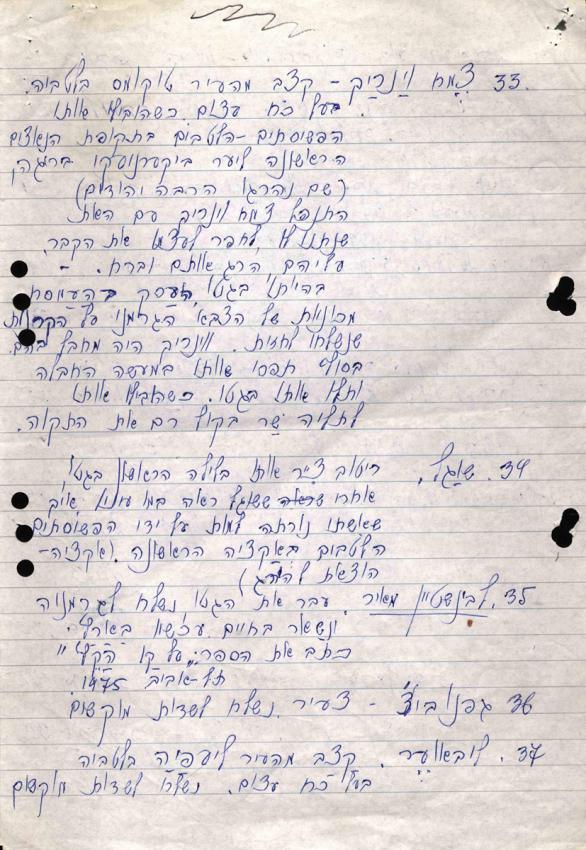

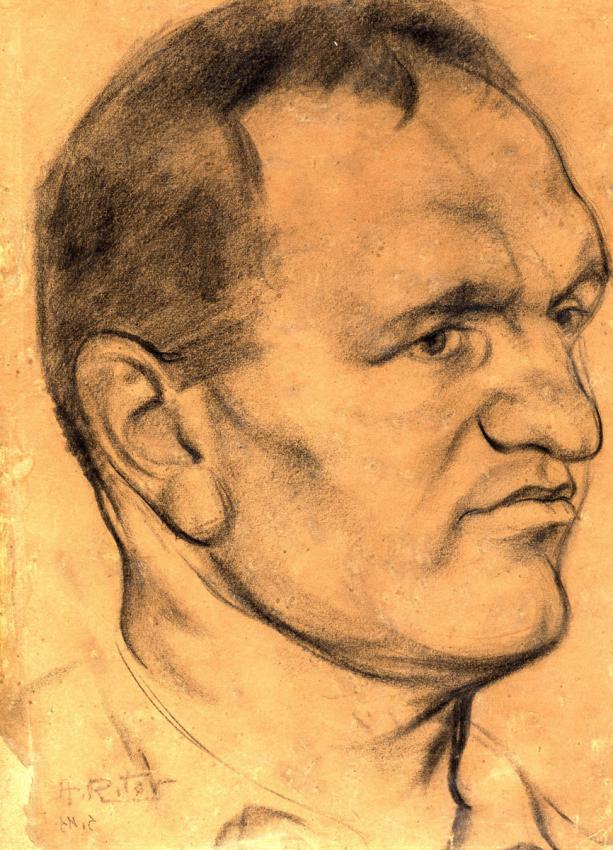
Charcoal on paper
Collection of the Yad Vashem Art Museum, Jerusalem

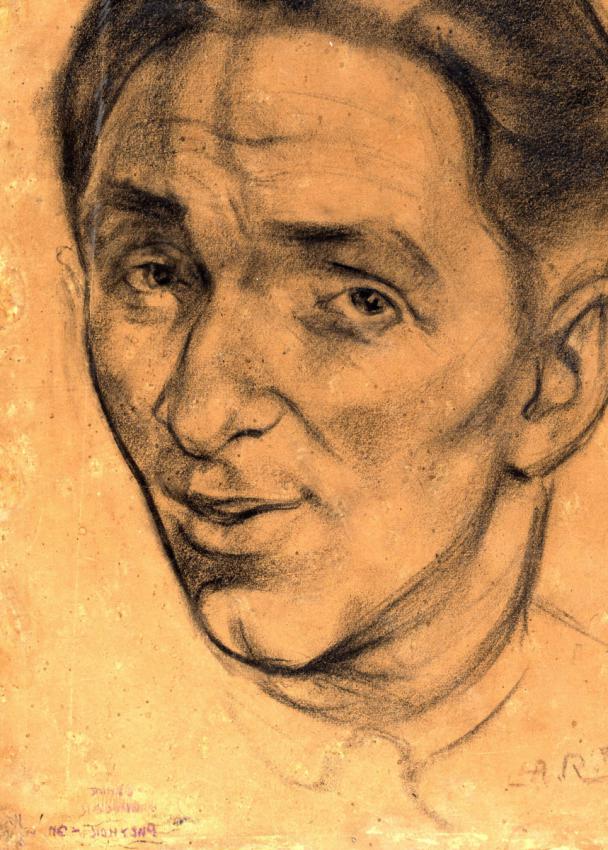
Charcoal on paper
Collection of the Yad Vashem Art Museum, Jerusalem

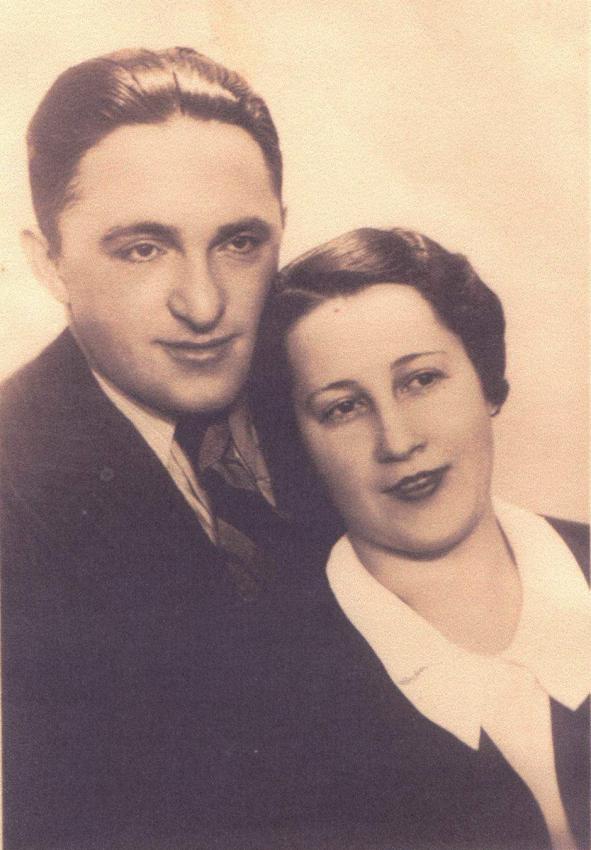

Sunday to Thursday: 09:00-17:00
Fridays and Holiday eves: 09:00-14:00
Yad Vashem is closed on Saturdays and all Jewish Holidays.
Entrance to the Holocaust History Museum is not permitted for children under the age of 10. Babies in strollers or carriers will not be permitted to enter.



Charcoal on paper
Collection of the Yad Vashem Art Museum, Jerusalem


Charcoal on paper
Collection of the Yad Vashem Art Museum, Jerusalem



A winter’s eve, 1943. In the basement of a house on Riga’s Valmieras Street, inside a complex that holds the German army’s auto repair shop, a Jewish prisoner sits for his portrait. Meir Levinstein movingly captures the unique moment in his book The Holocaust in Riga:
“We didn’t think of Arthur [Alter Ritov] simply as a talented artist, but as someone with a soul, more than just another prisoner. It was as if he had been sent to us for a purpose, to make us feel that we were still alive... and that the Jewish people still lived—and would do so forever.”
Even before the exterminations began, the Nazi war machine had worked tirelessly to eradicate the Jews’ individual identities. Their sense of humanity was taken away; their personal histories obliterated. But that ineffable moment, while the artist focused on each individual’s face and soul, was a rare treasure hidden from German eyes.
Few of the Farbreitschaft group survived that winter; the prisoners’ days of forced labor was accompanied by sadistic torture at the hands of Latvians and Germans alike—and death was just around the corner. Some of the prisoners, however, are now being brought back to life in the magnificent Art Collection at Yad Vashem, which contains about 50 of the drawings executed during that winter. These drawings managed to survive the inferno, hidden by Ritov under a cupboard in the repair shop. When, finally, liberation was at hand, he recovered the drawings, bringing them to Israel when he immigrated in 1970.
Attached to the drawings, which reached Yad Vashem in 1979, was a handwritten note, listing some of the people whose portraits Ritov had rescued. One of them was Zemah Weinrich, described as “a butcher from the Latvian city of Tukums. He possessed enormous strength... In the ghetto he loaded German trucks onto railroad cars bound for the front. Weinrich would sabotage them. In the end he was caught, and they hung him in the ghetto.”
Levinstein’s book reveals more about Weinrich. From his solitary prison cell, he managed to smuggle a letter out to his friends. “They interrogated me and brutally tortured me,” he wrote, “but that’s all over now... I am content to be sitting here alone and waiting for the end to come... Dear Friends! I bid you farewell. I beg you not to forget that for all of us putting up a fight is of the utmost importance... I would rather they didn’t hang me—I would prefer to be executed by a firing squad. Yours, Zemah.”
People in the ghetto reported seeing Weinrich, with his murderers at his side, taking his final journey. He walked, they said, with his head held high and Hatikva on his lips.
Yad Vashem’s Holocaust Art Museum staff were determined to learn more about this remarkable man. Cross-referencing Yad Vashem’s databases, over two million Pages of Testimony, personal documents, photographs, books artifacts and works of art enables researchers to restore victims’ identities and garner invaluable information about surviving members of their families. Members of staff soon found a Page of Testimony submitted in 1956 by Zemah’s brother Avraham. A swift search of the phone book revealed that the Weinrich family still lived at the address listed on the Page of Testimony.
One of the staff dialed the number, and Avraham’s wife answered. Sadly she related that her husband had died the previous year. After words of condolence, she was told that a portrait of her brother-in-law Zemah, dating back to the Holocaust, had made its way to Yad Vashem. “Zemah der gibbor [the hero]” she replied in Yiddish, her voice choked with tears.
As it was a few weeks before Rosh Hashanah, in the spirit of the holiday, museum staff sent her a facsimile of the painting. A second conversation, charged with emotion, followed, as Mrs. Weinrich expressed her gratitude both for the gesture and for the portrait of her courageous brother-in-law, about whom her husband had talked about so much.
Another individual whose portrait was in the collection was described by Ritov as “Rapoport—sent to Stuetzpunkt—a place where Jews were murdered.” Museum Staff were anxious to trace this man too, but only knew his surname. Nevertheless, with the help of Yad Vashem’s advanced computerized database, they found a Page of Testimony submitted in 1999 about Michael (Misha) Rapoport, an economist from Riga, submitted by Rapoport’s nephew Arieh Reisser. Over the phone, Reisser confirmed that his mother’s brother had lived in Riga. He and his mother had gone to visit his uncle in 1939, but the war broke out and they were forced to return home to Eretz israel. After the war, Arieh’s mother learned that her brother had not survived.
When Mrs. Reiser gave birth to a son a few years later, she named him Michael after her brother. Michael grew up, joined the ‘Likud’ party and eventually became a member of the Knesset. Tragically, he was killed in a traffic accident in 1988.
Michael’s older brother Arieh still had an old photograph of his uncle that was sent to his relatives in Eretz Israel. Excited by this discovery, museum staff asked if they could examine it to help verify that Arieh’s uncle Misha and the Rapoport of the portrait were the same man. They sent Arieh a facsimile of the drawing and in turn, he sent the photo—and a letter. “In light of the circumstances,” he noted, “it is hard to compare the photo of a happy man, probably on his wedding day, with his portrait drawn after a considerable period of intense suffering. What makes it even more difficult is the fact that the one person who can best make the identification was five at the time—and 61 years have passed since then.”
Yet a close examination of the photo and the portrait left no doubt that they were the same person, despite the fact that the portrait reflects the horrors Misha experienced, his face emaciated almost beyond recognition. His eyes are veiled in melancholy, offering mute testimony to his tragedy. “Over and above the impact it has already had on me,” wrote Arieh Reisser, “I recognize the value to my grandchild of displaying the portrait of my uncle, who was murdered by the Nazis.”
As with Misha Rapoport and Zemah Weinrich, dedicated Musuem staff follow every possible lead to learn about the fate of both model and artist. The Nazis tried to eradicate completely the memory of those they murdered, but with pencil and paper Alter Ritov managed to bestow upon a few of their victims eternal life. Staff at Yad Vashem continue in this diligent pursuit, retrieving every possible piece of information in order to rescue them from oblivion. Redeeming their name and histories, these once anonymous portraits bring those who were murdered back unto the family of man.
First published in Yad Vashem Jerusalem magazine, #33, April 2004

Thank you for registering to receive information from Yad Vashem.
You will receive periodic updates regarding recent events, publications and new initiatives.
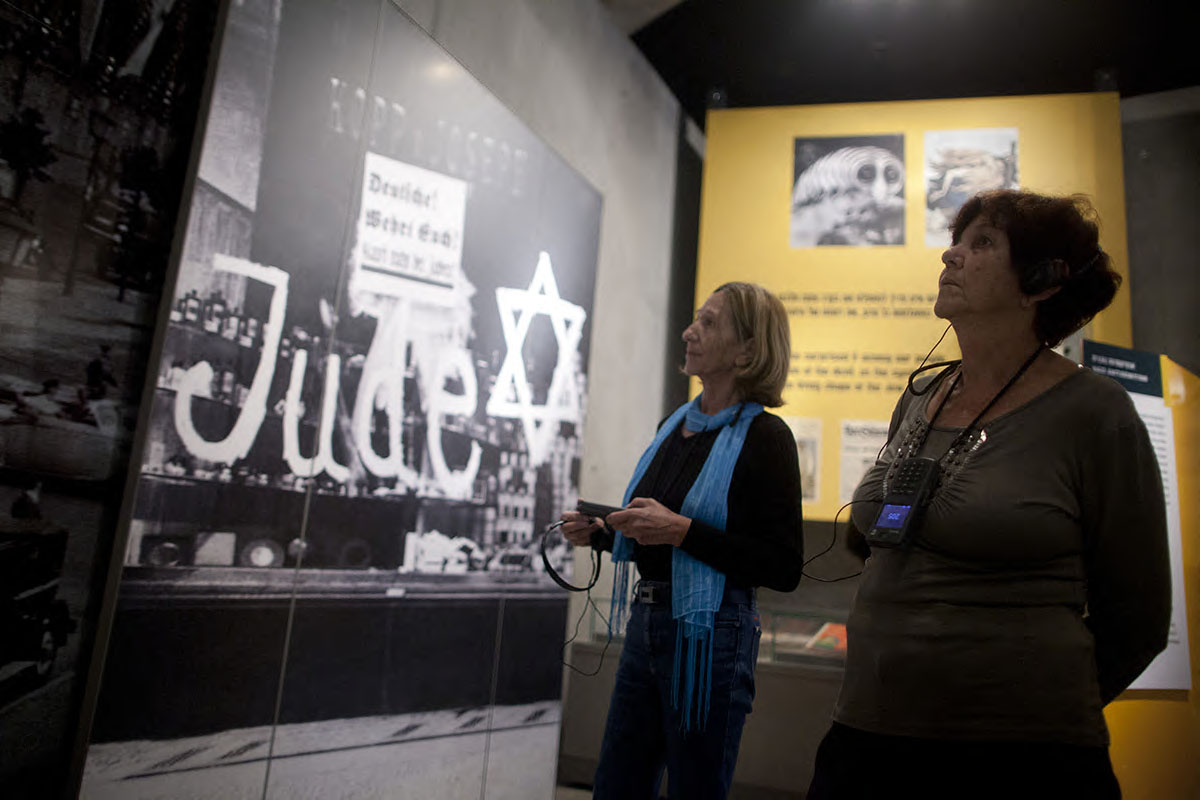
"The work of Yad Vashem is critical and necessary to remind the world of the consequences of hate"
Paul Daly
#GivingTuesday
Donate to Educate Against Hate


Worldwide antisemitism is on the rise.
At Yad Vashem, we strive to make the world a better place by combating antisemitism through teacher training, international lectures and workshops and online courses.
We need you to partner with us in this vital mission to #EducateAgainstHate
The good news:
The Yad Vashem website had recently undergone a major upgrade!
The less good news:
The page you are looking for has apparently been moved.
We are therefore redirecting you to what we hope will be a useful landing page.
For any questions/clarifications/problems, please contact: webmaster@yadvashem.org.il
Press the X button to continue



